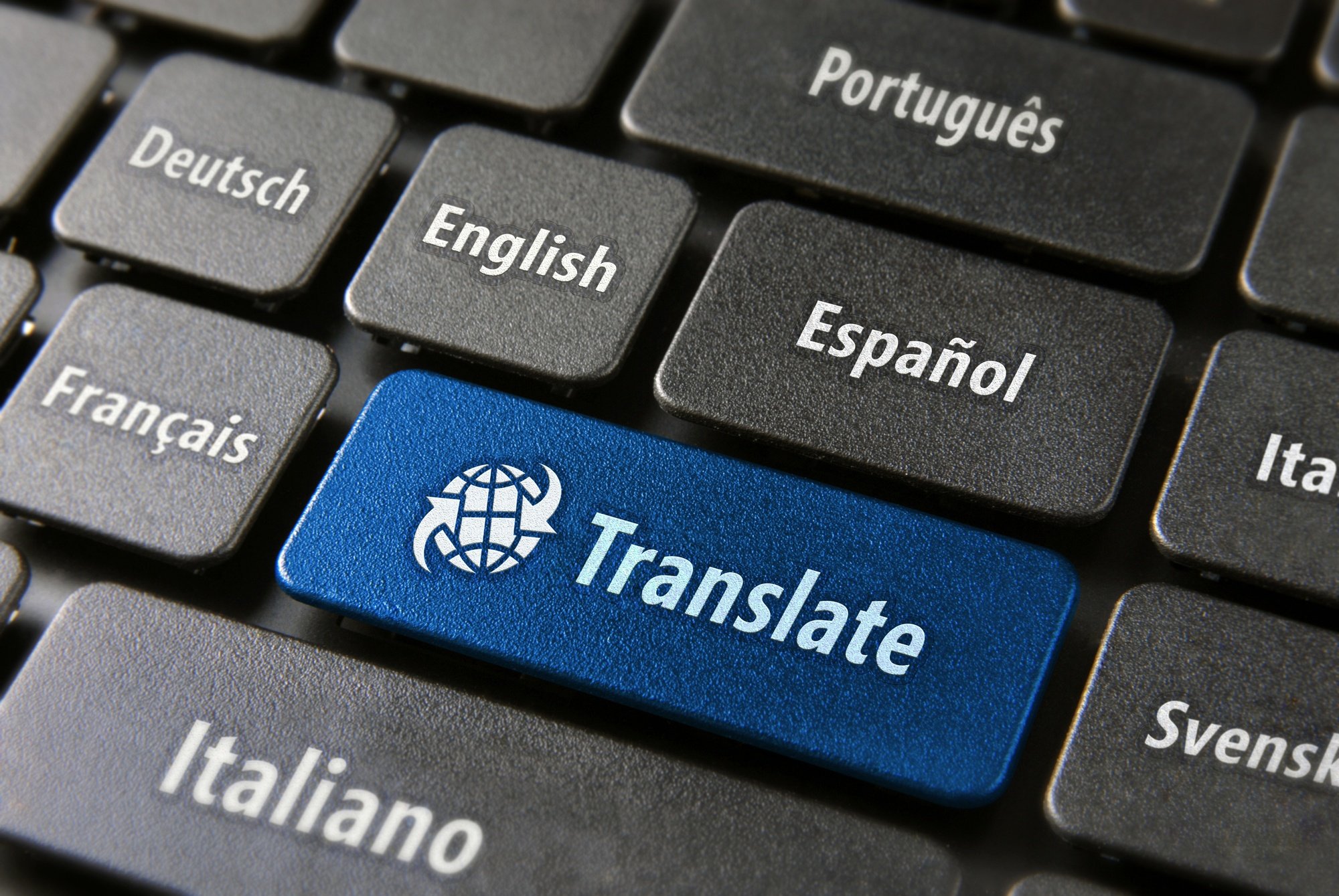To translate is to transfer or turn from one set of symbols into another. But what is translation's history? Even though the history of translation is a topic that historians and scholars have long debated, it's universally agreed that translation dates way back before the Bible. Since the earliest days of human interaction, translation has continued to develop, now more than ever, allowing cross-cultural interactions, trade, globalization of the economy, and sharing of knowledge over time. With the help of translation, the world has become more of a melting pot. This in turn also makes translation a more necessary service, spanning different theories, mediums, and civilizations. We'll take you through a fascinating account of the history of translation from antiquity to present-day.
The Early History of Translation
Different theories surround translation throughout history, which gives insight into how, when, and where translation has been used. First, the word "translation" was derived from a Latin phrase that means "to bring or carry across." Second, another explaining phrase is "metaphrasis," which was derived from Ancient Greek, meaning "to speak across." Finally, from the word metaphrasis, the word metaphrase was derived to mean "word for word translation".
History of the First Known Translations
It is said that translation was done in the Mesopotamia era, where Gilgamesh (Sumerian poem) was translated into the Asian language. Other ancient translation works include Buddhist monks translating Indian texts into Chinese.
Translation of Religious Texts
It is said that the first known significant translation was of the Hebrew Bible, dated back to the 3rd century. The need for more translation continued to increase with the expansion of spiritual theories and religious texts. The result of religion brought the drive to spread religion and strengthen faith, which means there was the need to translate religious content into multiple languages.
Among the first known religious translations, is the translation of the Old Testament Bible into Greek in the third century BC. The translation is called the "Septuagint", the translation of the Bible from Hebrew into Greek. The translation of the Bible into Greek became the basis of future Bible translations that followed in multiple languages.
Because religion played a huge part in the development of translation, the early church named Jerome as the translation patron saint. In the fourth century AD, Saint Jerome translated the Bible to Latin, and the Latin Bible became predominantly used in the Roman Catholic church. Protestantism was introduced, which also created the necessity to continue translating the Bible and other religious content into other languages. One significant difference between Catholicism and Protestantism was the contrast between crucial passages and the disparity during the translation.
Famous Translators in History
While most translators were hidden characters, several people paved the way for translation that allowed some of the greatest contributions to disseminating knowledge and ideas throughout the ages. Some translators were unnamed because translation work was dangerous at the time. Some lost lives because of translating, for instance, William Tyndale, who translated the Bible into the English language. He was executed in 1536 in Holland.
Other famous translators include Constance Garnett, who translated several Russian classics such as Tolstoy and Gogol into English in the 19th century. There's also Xuanzang, a Chinese monk who was credited for translating Indian Buddhist texts into the Chinese language.
Modern Translation
Printing Press and Its Impact on Translation and Language Usage
Before the introduction of the printing press, when few people could read, most written texts were in Latin. The printing press, though, had a profound impact on language use and people's literacy. The use of Latin declined as texts could now be translated and even published in different local languages, with more people getting a chance to learn and read.
The Early Professional Translation
In the early professional translation, there was little regard for translation accuracy. This was the period of translation 'adaptation', as there was still no accuracy in the translation of individual words. For example, when a translator did not understand a word's meaning when translating, they would skip it entirely. This gave the translators a lot of control over their audiences, since they ended up shaping the texts that the people read.
Translation Studies in the Academic Discipline
Studying translation in the academic discipline became a concept around the 1950s, when institutions were introduced. The institutions allowed cross-cultural interactions and knowledge sharing where people from different languages gathered to learn how to translate.
Now, machine translation (MT) has been widely adopted to enhance and ease translation, with translators worldwide being aided by computers. It involves the application of language science and computers to the development of translation. It is the computerized system responsible for attaining translations either with or without human assistance.
Translation and the Globalization of the Economy
Due to the industrial revolution, the rapid development of the economy evolved into new machinery that allowed swifter and easier production of texts, creating the need for companies to translate and enter into foreign markets. Tracing back to the 18th century, translation helped globalize the economy, with many businesses benefitting from formalized translation services. The development of machine translation and the internet has completely revolutionized the ability to translate, access, and understand documents worldwide.
Translation in Society Today
Today, translators now have several tools, such as the internet and laptops at their disposal to aid in the translation process. Translation services have also become of massive importance in society, as the world becomes increasingly interconnected through the economy, education, sharing of knowledge, and trade.
Seeing how far translation has come through the years, we can gain an appreciation for the strenuous translation work done by the early translators in history. In addition, we're glad for the more accurate and widely available translations that we have today. We thank all the translators that work hard to keep the world moving forward.


